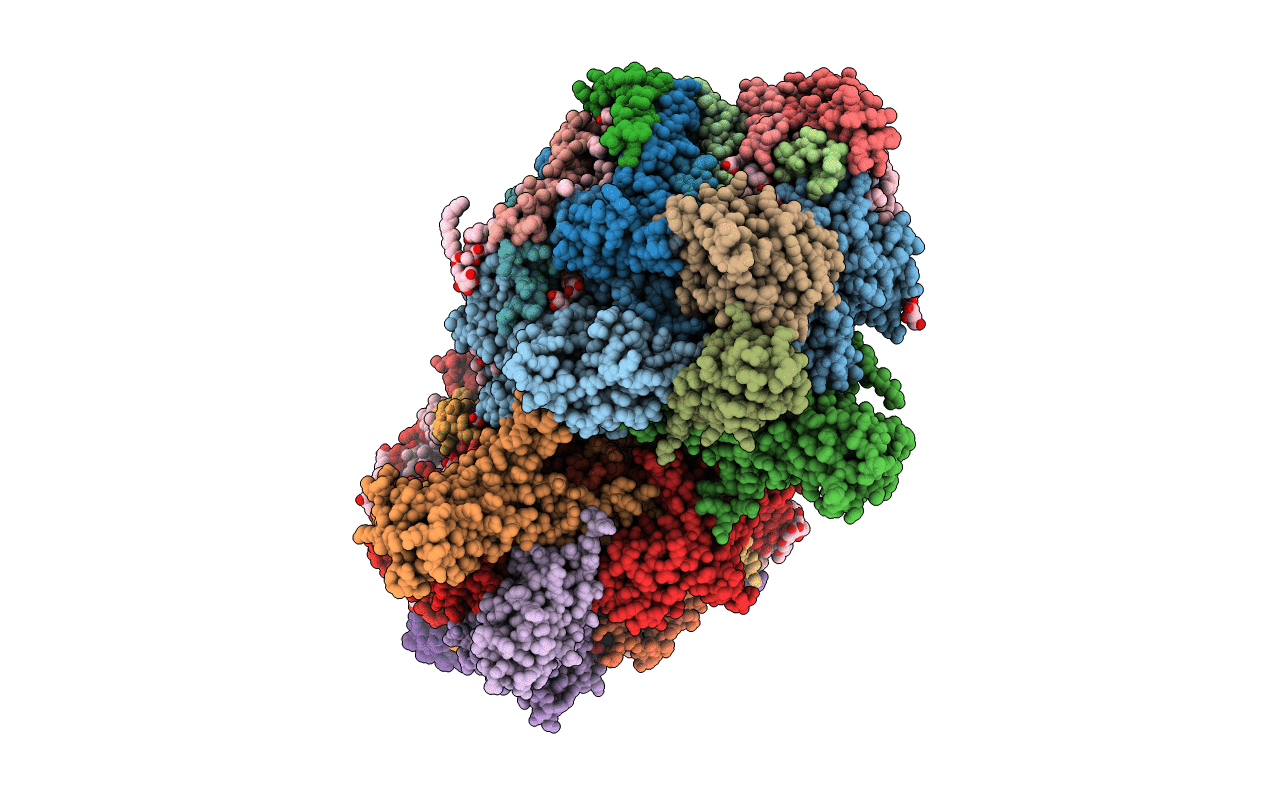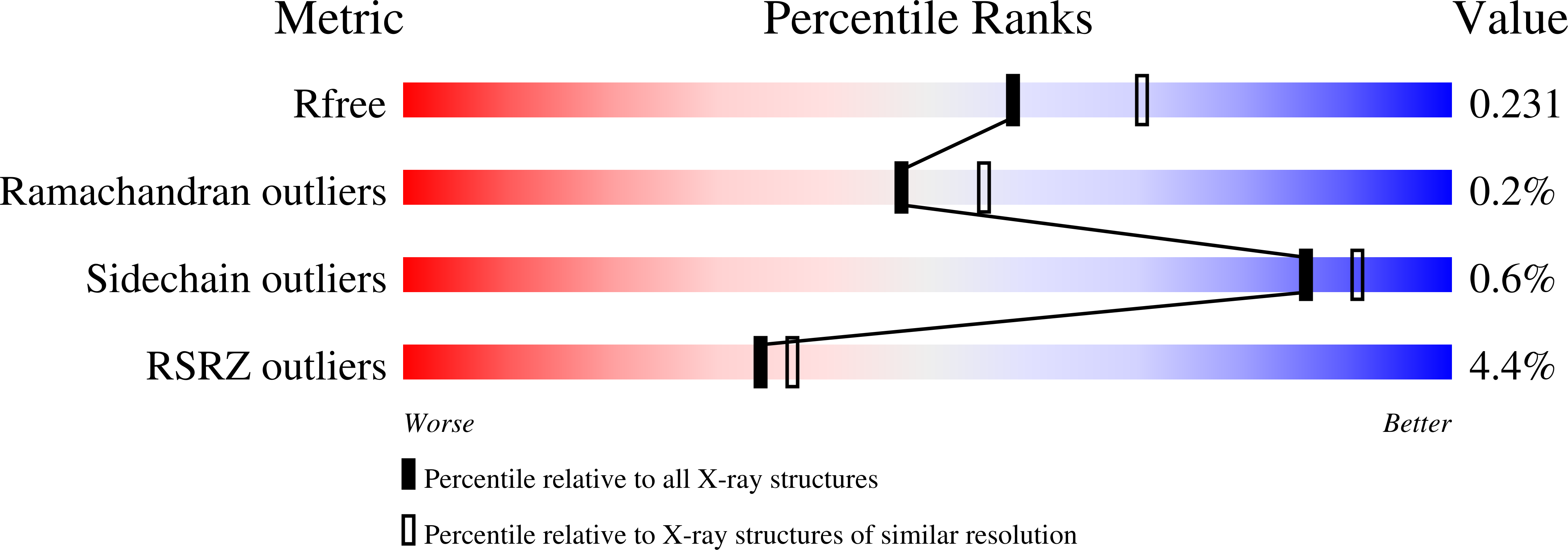
Deposition Date
2016-10-03
Release Date
2016-11-23
Last Version Date
2024-11-06
Entry Detail
PDB ID:
5TIS
Keywords:
Title:
Room temperature XFEL structure of the native, doubly-illuminated photosystem II complex
Biological Source:
Source Organism:
Thermosynechococcus elongatus (strain BP-1) (Taxon ID: 197221)
Method Details:
Experimental Method:
Resolution:
2.25 Å
R-Value Free:
0.23
R-Value Work:
0.19
R-Value Observed:
0.19
Space Group:
P 21 21 21


